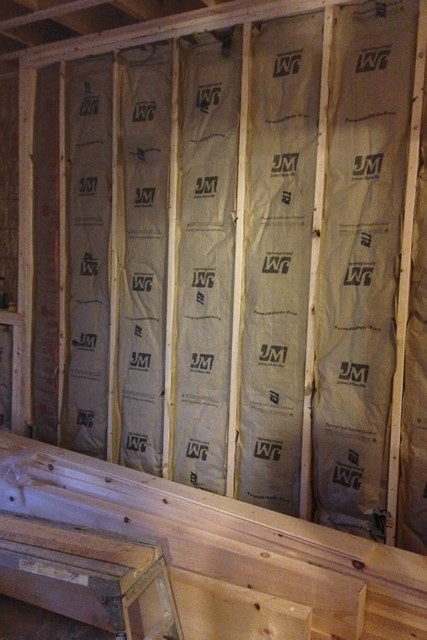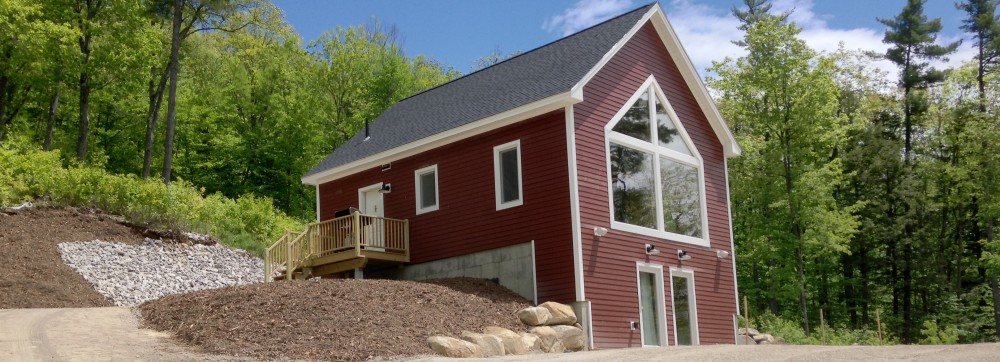There have been a couple of hiccups along the way; however, today’s problem is the biggest yet. Prior to starting the project I extensively researched how to build a tight-home, in-fact, how to build a Passive House.
To my surprise, no where in that research did anyone ever discuss how to deal with the extreme humidity that is inevitable during the building process.
So, I feel like it is incumbent upon me to spend some time talking about the issue I encountered. A couple of weeks ago when the builder began dry walling, over the course of a weekend I discovered that the humidity level in the house had dramatically increased from a normal level to 80%+
This resulted in it literally raining down the windows on the inside!
I rushed a dehumidifier up to the site and the problem initially appeared to be resolved. The inside of the windows dried-out, interior surfaces dried-out, and the air felt much less damp. However, as more drywall was installed and subsequently more mud applied, the humidity continued to rise.
Today, we discovered that the foil face of the rigid foam in the basement was damp. As you might recall, a 1.5in layer of isocyanurate foam was adhered to the cement walls (R-11) and then a layer of R11 fiberglass was installed over it. 
After discussing the issue with Structure Metrics and an insulation installer it was decided that the rigid foam layer was adequate to prevent condensation on the interior face in normal conditions.

However, with the abnormal 60% humidity in the house, wetting of the rigid foam face was unavoidable. Therefore, something needed to be done to dry out the air and thus the insulation.
We moved the dehumidifier to the basement level and will start by utilizing a large utility fan to blow all the warm moisture-dense air out of the house. This will be followed by purchasing an additional dehumidifier to pull 140pt/day (16 gallons) of water out of the air and dry out the space.
